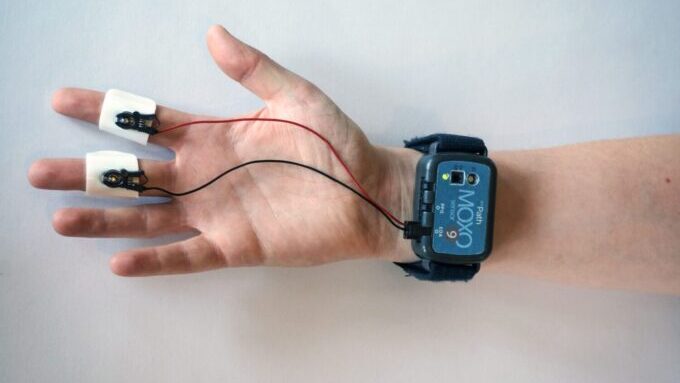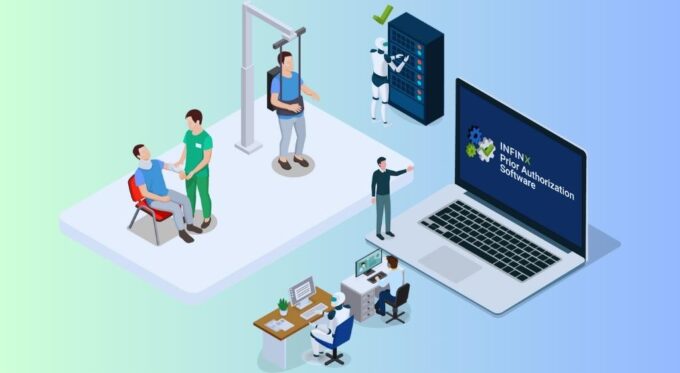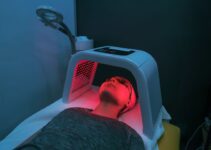Technology is transforming healthcare, and occupational therapy is no exception. From software to virtual reality, new tech tools are enhancing occupational therapy. These tools are improving outcomes for patients.
This blog post explores the top tech trends impacting the field of occupational therapy.
Data Source: American Occupational Therapy Association
Software Streamlines Evaluation and Documentation
Specifically designed occupational therapy EMR software streamlines evaluations, documentation, and billing processes, enhancing efficiency and productivity.
- Create digital versions of paper-based assessments. This allows for standardized administration and automatic scoring.
- Generate thorough evaluation reports and progress notes with just a few clicks. This reduces documentation time.
- Integrate billing and scheduling features. This optimizes practice management.
The American Occupational Therapy Association did a survey in 2019. Over 70% of occupational therapists use evaluation/documentation software in their practice according to this survey.
The top reasons cited for software use are improved productivity and better documentation. Popular occupational therapy software includes:
WebPT:

Source: webpt.com
Features documentation, scheduling, and billing. Integrates with popular EHR systems.
Casamba:
Includes outcome measures and reporting. Optimized for pediatric practices.
TherapistHelper:
Offers assessment tools and note templates. Ideal for school-based therapists.
As software becomes more prevalent, occupational therapists can spend less time on paperwork. Occupational therapists can spend more time treating patients.
Virtual Reality Expands Treatment Options

Source: m.youtube.com
Virtual reality (VR) is an emerging tech trend in occupational therapy. VR uses computer-generated simulations to create immersive 3D environments.
Patients interact with these virtual worlds using headsets and controllers.
VR provides exciting new treatment options for occupational therapy. For example, VR can:
- Simulate real-world activities like crossing the street or shopping for groceries. This allows patients to practice essential tasks in a safe, controlled setting.
- Create motivating games and exercises that improve coordination, cognition, strength, and balance.
- Reduce pain and anxiety for procedures like wound care by providing distraction.
- Assess and treat visual-spatial or perceptual deficits using custom VR assessments.
Research supports the use of VR in occupational therapy. A 2018 systematic review found VR improved upper extremity function and daily activity performance in stroke patients. Studies also show VR can successfully treat visual-spatial neglect after a stroke.
As VR systems become more affordable and practical, adoption in occupational therapy clinics will likely increase. VR widens the possibilities for innovative, engaging interventions.
Brain-Computer Interfaces Restore Function After Paralysis

Source: youtube.com
Brain-computer interfaces (BCIs) are devices that connect the brain to external technology. They allow people with paralysis to control assistive devices or computer programs just by thinking.
BCIs work by recording electrical signals from the brain’s motor cortex that occur prior to movement. Computer algorithms can then translate those signal patterns into commands like “move the cursor left” or “open the hand”.
Non-invasive BCIs using scalp electrodes have enabled patients with spinal cord injuries or neurological diseases to:
- Operate word prediction software to type messages. This restores communication.
- Control robotic arms to reach and grasp objects. This provides arm and hand function.
- Manipulate motorized wheelchairs through thought. This grants mobility.
In the future, implanted BCIs with electrodes on the brain’s surface may give even more refined control.
BCIs have the potential to be life-changing assistive devices for patients with paralysis. Occupational therapists can play key roles on interdisciplinary BCI teams.
Occupational therapists can assess patient needs and determine appropriate BCI applications. They can also provide training in device use and evaluate outcomes for patients using BCIs.
Wearable Sensors Facilitate Remote Monitoring

Source: news.mit.edu
Wearable sensors are wireless devices worn on the body. They track metrics like heart rate, sleep patterns, walking speed, and muscle activity. They can remotely monitor patient health and function.
In occupational therapy, wearable sensors could:
- Provide objective outcome measures for remote patients.
- Identify unsafe movements like fall risks.
- Share activity data with therapists to guide treatment plans.
For example, stroke patients could wear wrist sensors that detect arm use at home. This would allow therapists to track recovery progress remotely. Patients with low motivation could use wearable sensors that reward physical activity with TV time or video games.
As wearable technology advances, integration in occupational therapy will increase. This will enable therapists to monitor patients anytime, anywhere.
FAQs
What are some benefits of occupational therapy software programs?
Occupational therapy software programs can save time on documentation. They can also improve report quality, streamline billing, integrate with EHRs, and allow for standardized evaluation administration and scoring. This improves productivity and allows therapists to spend more time treating patients.
How can virtual reality be used in occupational therapy?
Virtual reality can simulate real-world activities. It can also create engaging functional exercises, provide distraction for procedures, assess visual-spatial and perceptual deficits, and improve outcomes for conditions like stroke. VR allows for innovative treatment approaches.
How do brain-computer interfaces help people with paralysis?
Brain-computer interfaces connect the brain to assistive technology like computers and robotic arms. This allows people with paralysis to control devices and programs just by thinking. BCIs can restore function, improve independence, and enhance quality of life.
What benefits do wearable sensors offer occupational therapy?
Wearable sensors allow for remote patient monitoring. They do this by tracking metrics like arm use, walking speed, fall risk, heart rate, and sleep patterns. This provides therapists with objective outcome data to guide treatment even for remote patients.
What are some examples of occupational therapy tech innovations on the horizon?
Emerging occupational therapy technologies include augmented reality, telehealth robots, smart home systems, exoskeletons, and adaptive gaming controllers. They also include 3D printing for custom orthotics and assistive devices. The possibilities are immense.
Key Takeaways

Source: infinx.com
- Specialized software is improving occupational therapy evaluation, documentation, and billing. Over 70% of therapists now use documentation programs.
- Virtual reality provides new treatment options by simulating real-world tasks. It also creates engaging, functional exercises for treatment. Research shows VR improves outcomes for conditions like stroke.
- Brain-computer interfaces allow patients with paralysis to control assistive technology through thought. This restores function and improves quality of life.
- Wearable sensors facilitate remote patient monitoring. They do this by tracking metrics like arm use, walking speed, fall risk, and more. This allows therapists to guide treatment remotely.
Conclusion
New technology is changing occupational therapy fast. Software, virtual reality, brain-computer interfaces, and wearable sensors are some examples. These new tools are starting to improve rehabilitation.
As therapists use more technology, they can give better treatment that is personalized and effective. Patients and therapists both benefit when new technology is used. More technology means occupational therapists can help patients even more. The future looks bright for occupational therapy technology.







